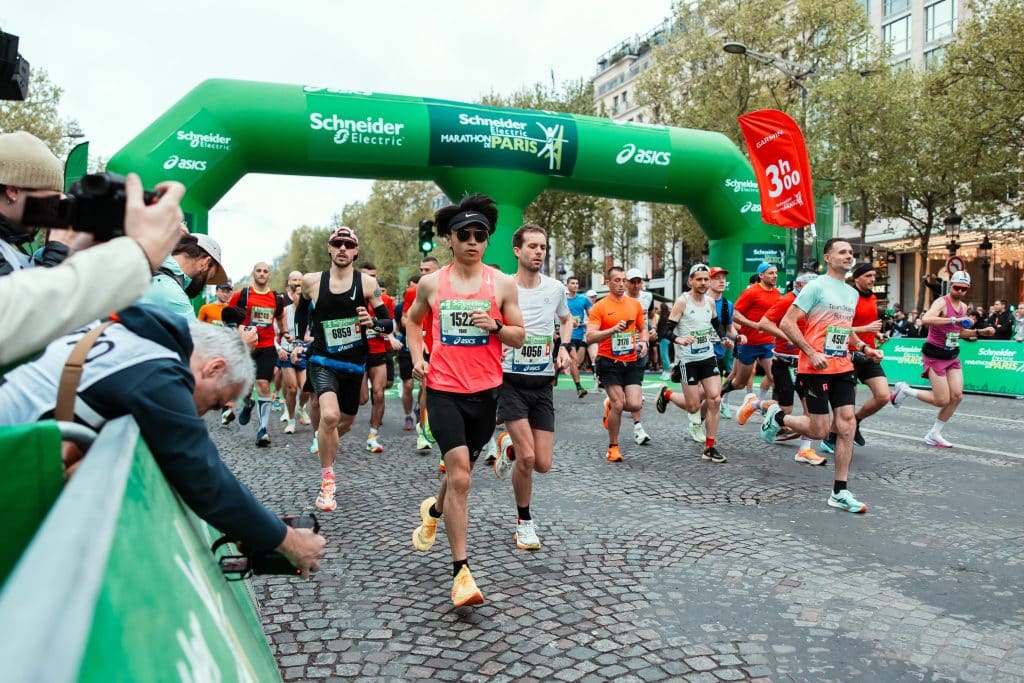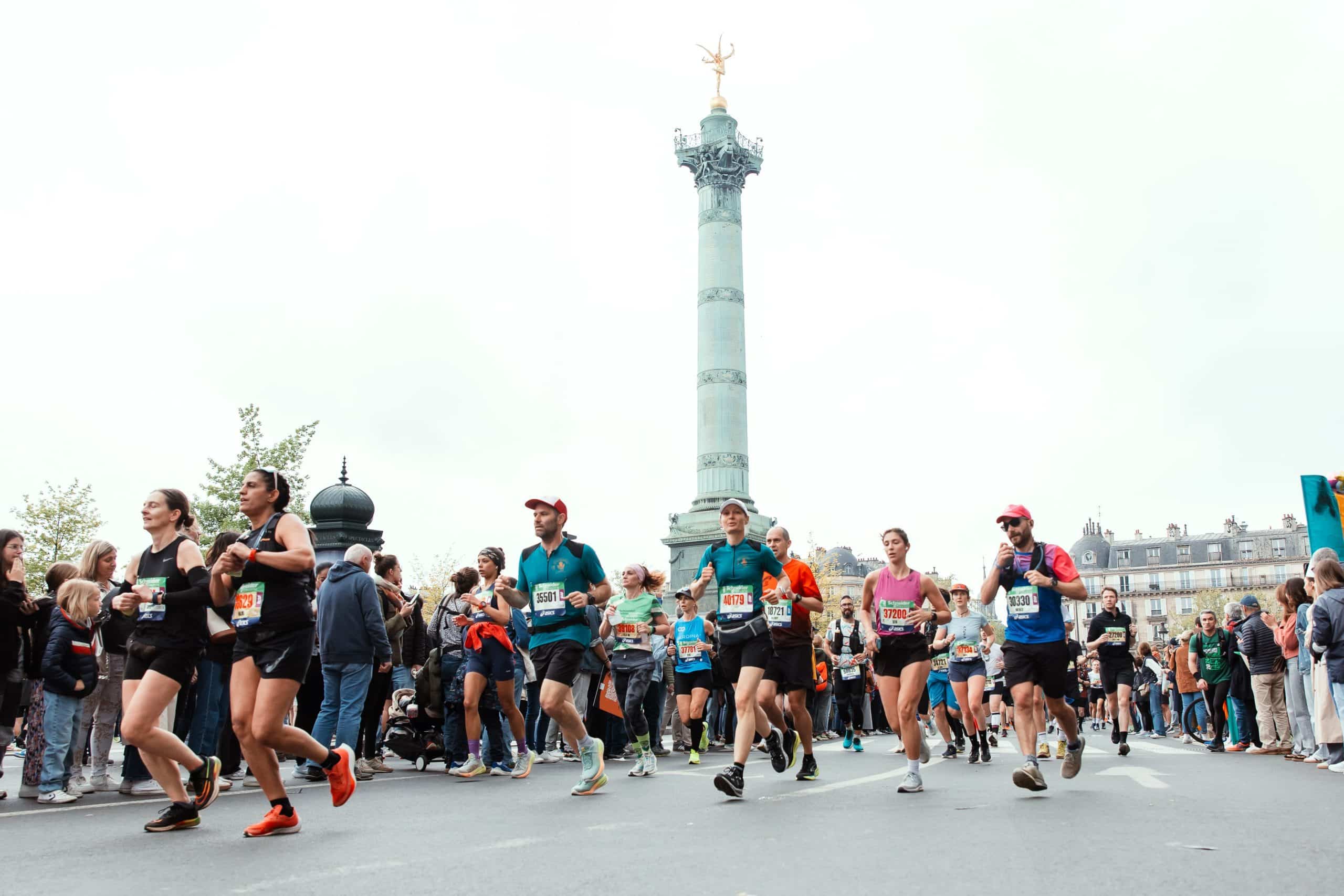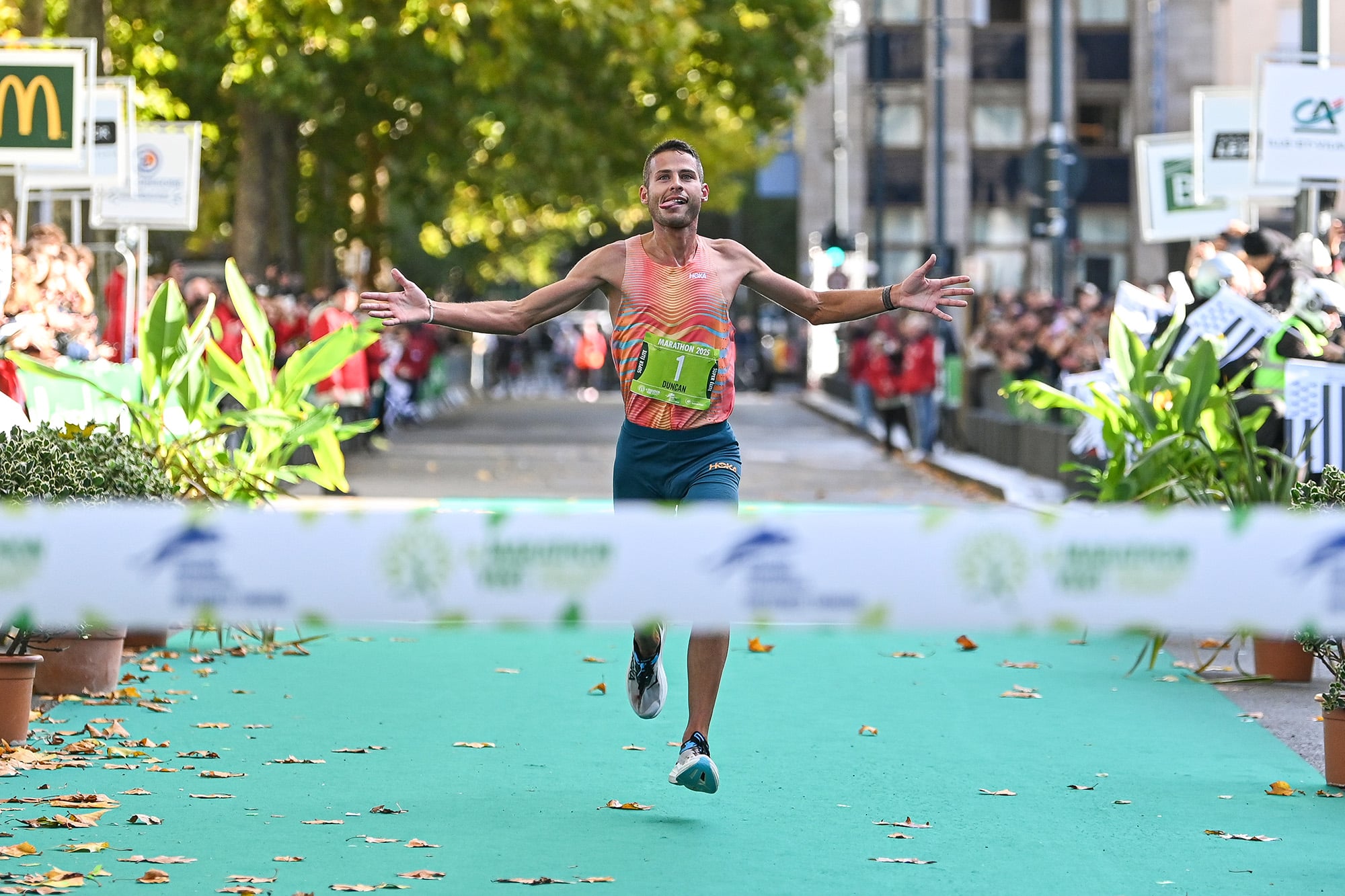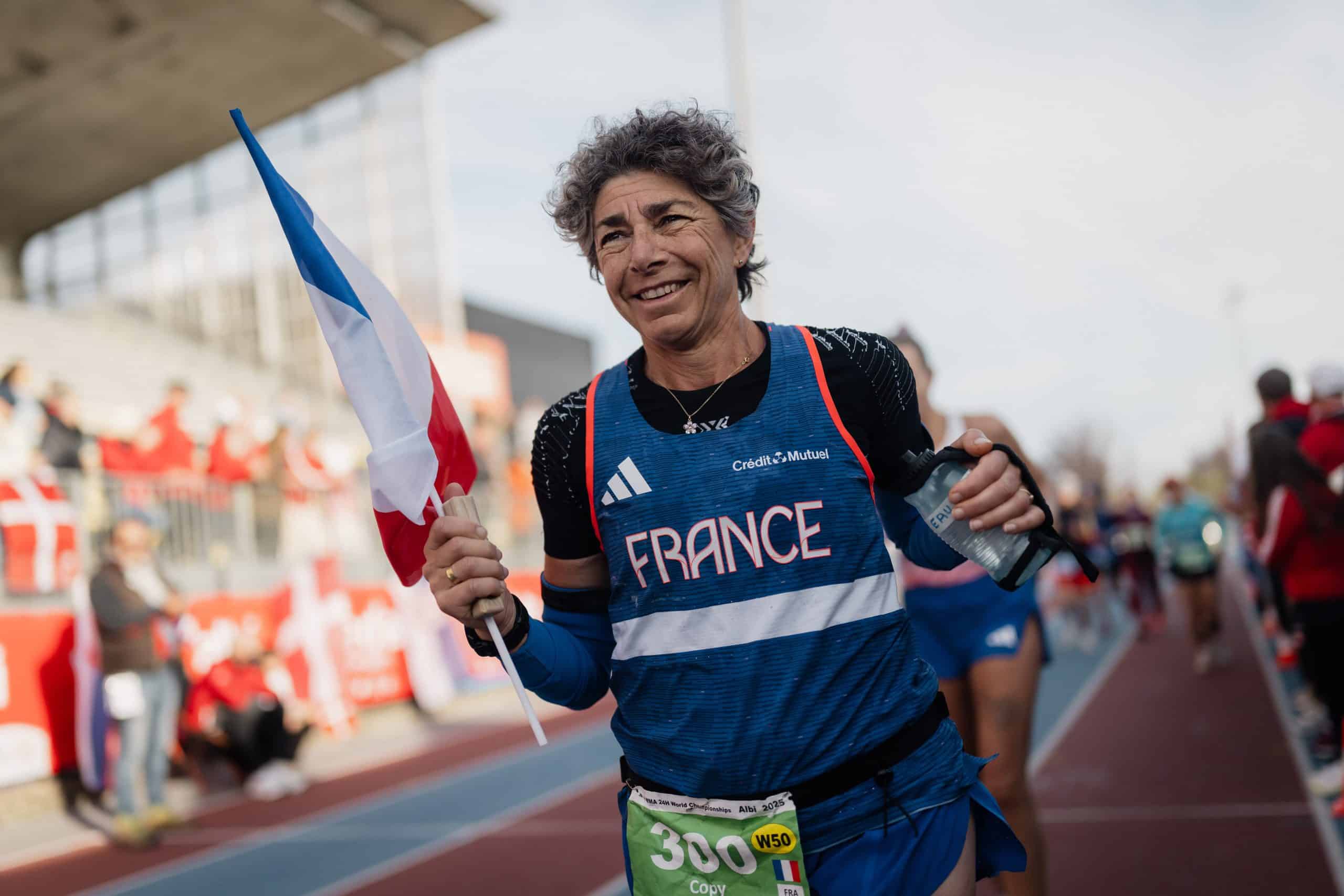Calculating your MAS, which tests should you choose?
MAS, or Maximum Aerobic Speed, is a cornerstone of training plans for runners. It’s the speed at which you utilize your maximum oxygen consumption. Since the 1980s, MAS has been a reference measure for performance improvement. Throughout training, you work on your MAS at different intensity levels, making it essential for enhancing your running performance. There are various methods available to determine your MAS.
| 1. Laboratory Test
● In specialized labs, “performance tests” are generally conducted by professionals skilled in human science and sports science. These tests, performed on a treadmill, are often paired with others to provide a comprehensive profile of the athlete. Theoretically, this test is the most precise as it directly measures gas exchange using a mask. These tests are often costly and reserved for professional athletes. Don’t worry, amateur athletes can calculate their MAS without spending a dime, just a bit of sweat.
| 2. The Cooper Test or Half-Cooper
● This test is better suited for runners who already maintain a steady pace. Conducted on flat terrain, the Cooper test involves running for 12 minutes, or 6 minutes for the half-Cooper, aiming to cover as much distance as possible without exceeding your maximum theoretical heart rate. This 12- or 6-minute test should not finish with a sprint.
In a Half-Cooper, the distance covered in 6 minutes determines your MAS. For example, if the distance is 1780m, the MAS is 17.80; simply divide the distance by 100. For accuracy, it’s advised to conduct this test under favorable weather conditions.
➜ Read our article: « The Marathoner’s Playlist »

| 3. The 2000m or 3000m Test
● Again, this is for experienced athletes familiar with their paces and heart rates. On a 400m track, run 2000m or 3000m at a consistent, fast pace. Your MAS is determined by the speed over distance: 6’ 40’’ for 2000m equals an MAS of 18 km/h.
| 4. The CAT TEST
● This test requires some preparation and time as it unfolds in three stages. The aim is to record the athlete’s heart rate and calculate their MAS.
The first stage involves a light warm-up trot at a steady pace for 5 to 6 minutes over 800m (HR = 140). Note the distance, time, and heart rate immediately upon completion. After a 1-minute break, proceed to the second stage at a moderate pace for 800m. Again, note the distance, time, and heart rate at finish. After another 1-minute rest, move to the third stage, crucial for determining your MAS. Run the maximum possible pace over the given distance based on your category/level (1500 to 2000 m), approaching maximum heart rate at the end. Record the distance, time, and heart rate immediately.
| 5. The Luc-Léger – Boucher Test
●This is a progressive test. Participants run back and forth between two lines 20 meters apart, following an increasing pace set by beeps. Every two minutes, the speed increases, and you must maintain the pace. The goal is simple: complete as many laps as possible, reaching each mark as the beep sounds. The highest speed achieved before stopping is used to calculate MAS.
| 6. The VamEval
● Created by Georges Cazorla, the VamEval is another progressive test like Luc Léger’s. On a 400m track, place markers every 20m. These emit “beeps” at regular intervals. At each beep, the athlete should be at one of the markers on the track. The speed increases by 0.5 km/h every minute, marking a new level. The first level starts at 8 km/h. Beginners should start at the first level, while more advanced athletes can begin at level 2, and specialists might start at level 4 or 8, depending on their skill.
Created by Georges Cazorla, the VamEval is another progressive test like Luc Léger’s. On a 400m track, place markers every 20m. These emit “beeps” at regular intervals. At each beep, the athlete should be at one of the markers on the track. The speed increases by 0.5 km/h every minute, marking a new level. The first level starts at 8 km/h. Beginners should start at the first level, while more advanced athletes can begin at level 2, and specialists might start at level 4 or 8, depending on their skill.



